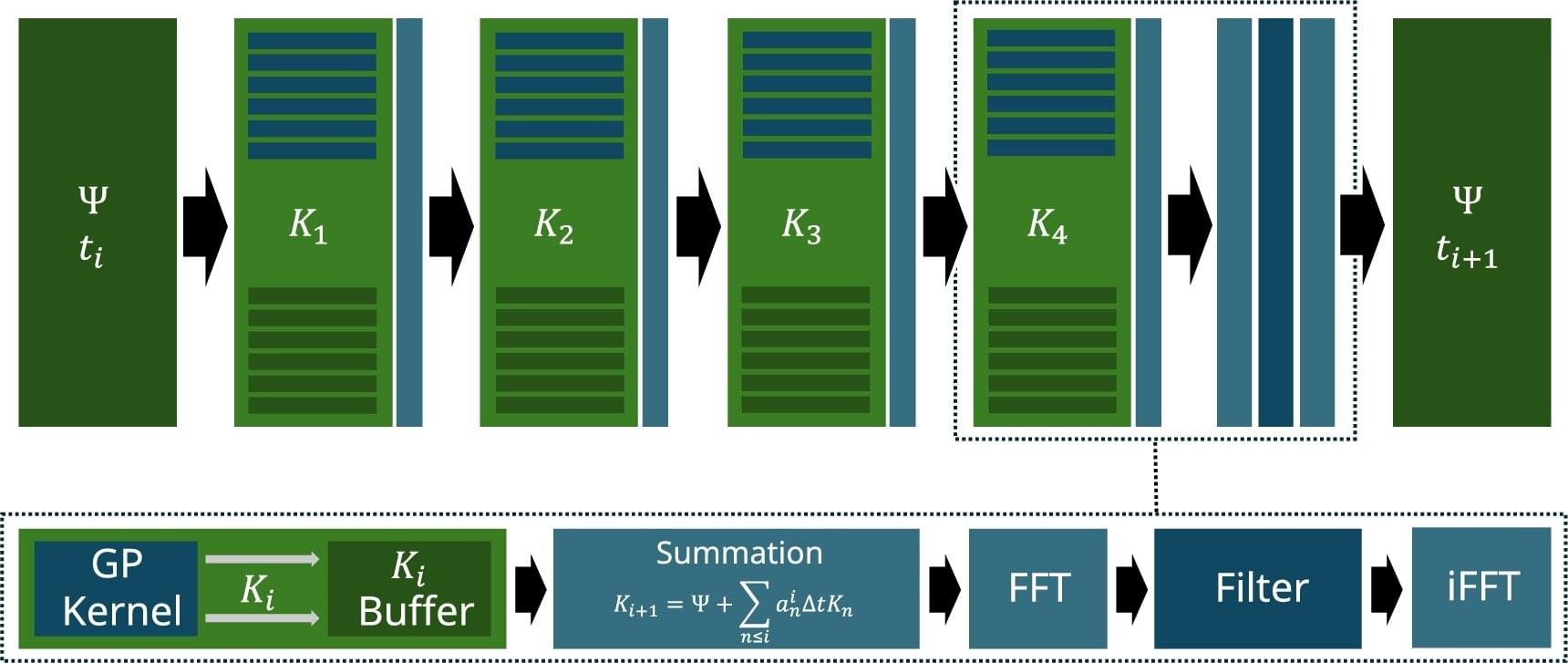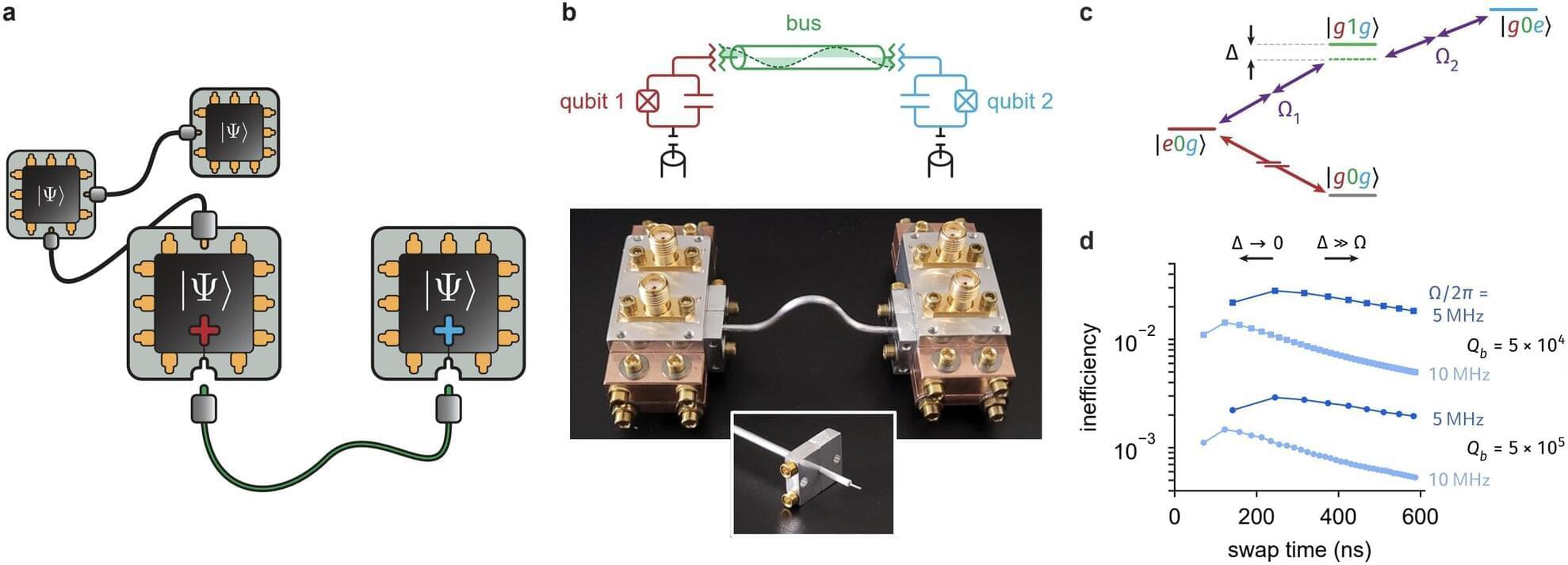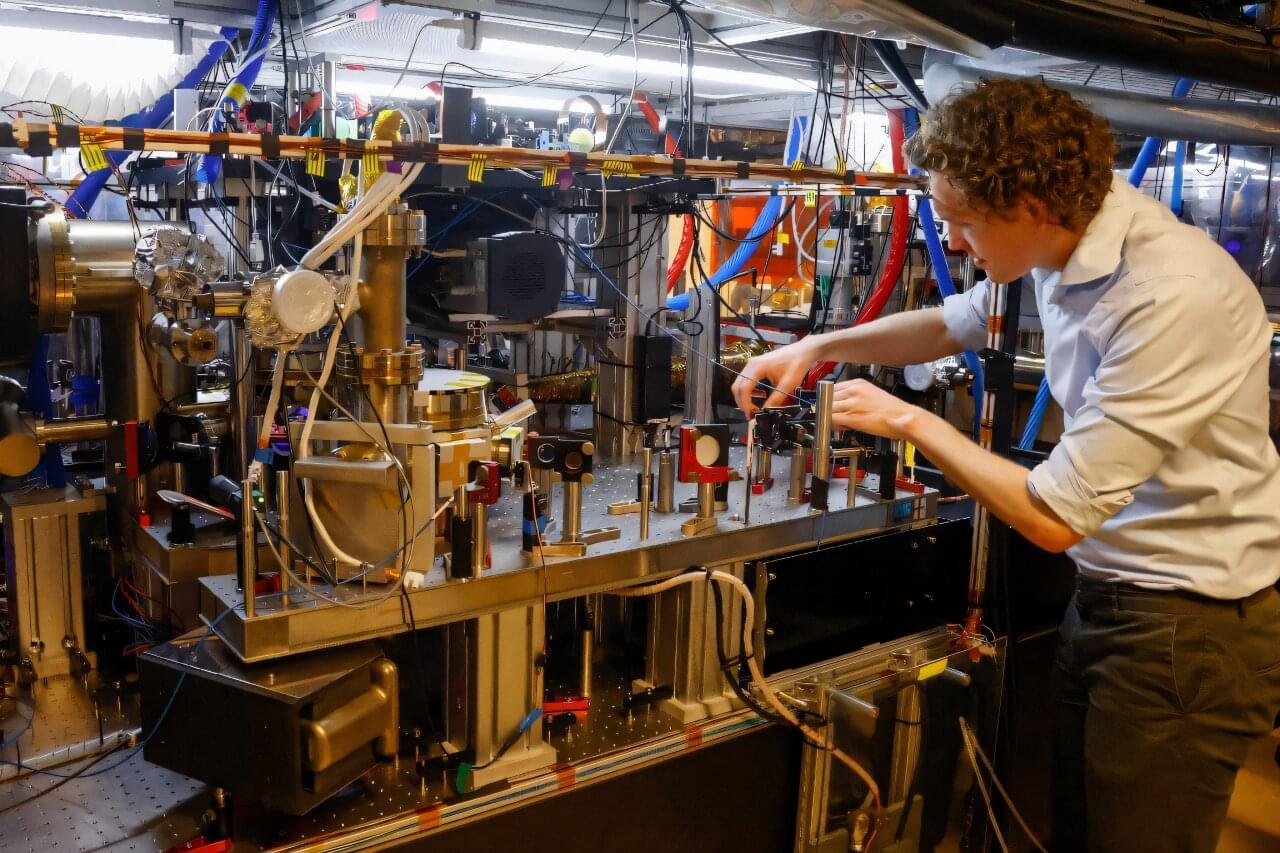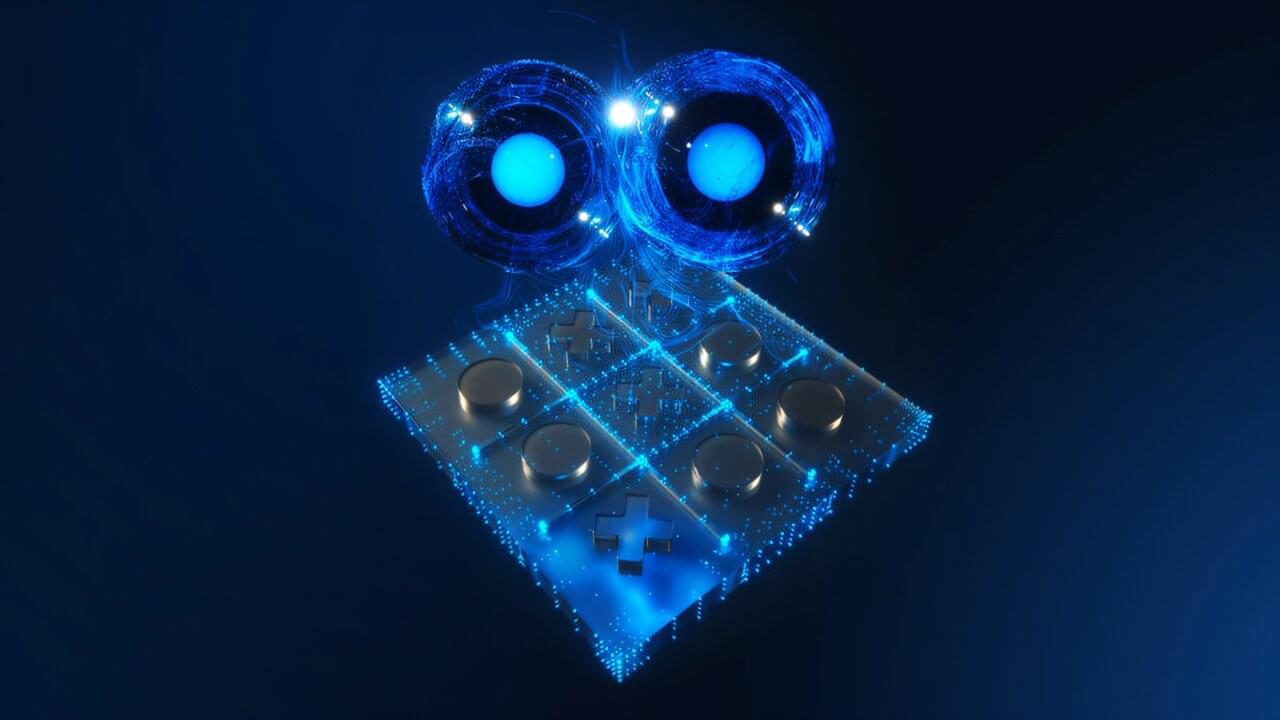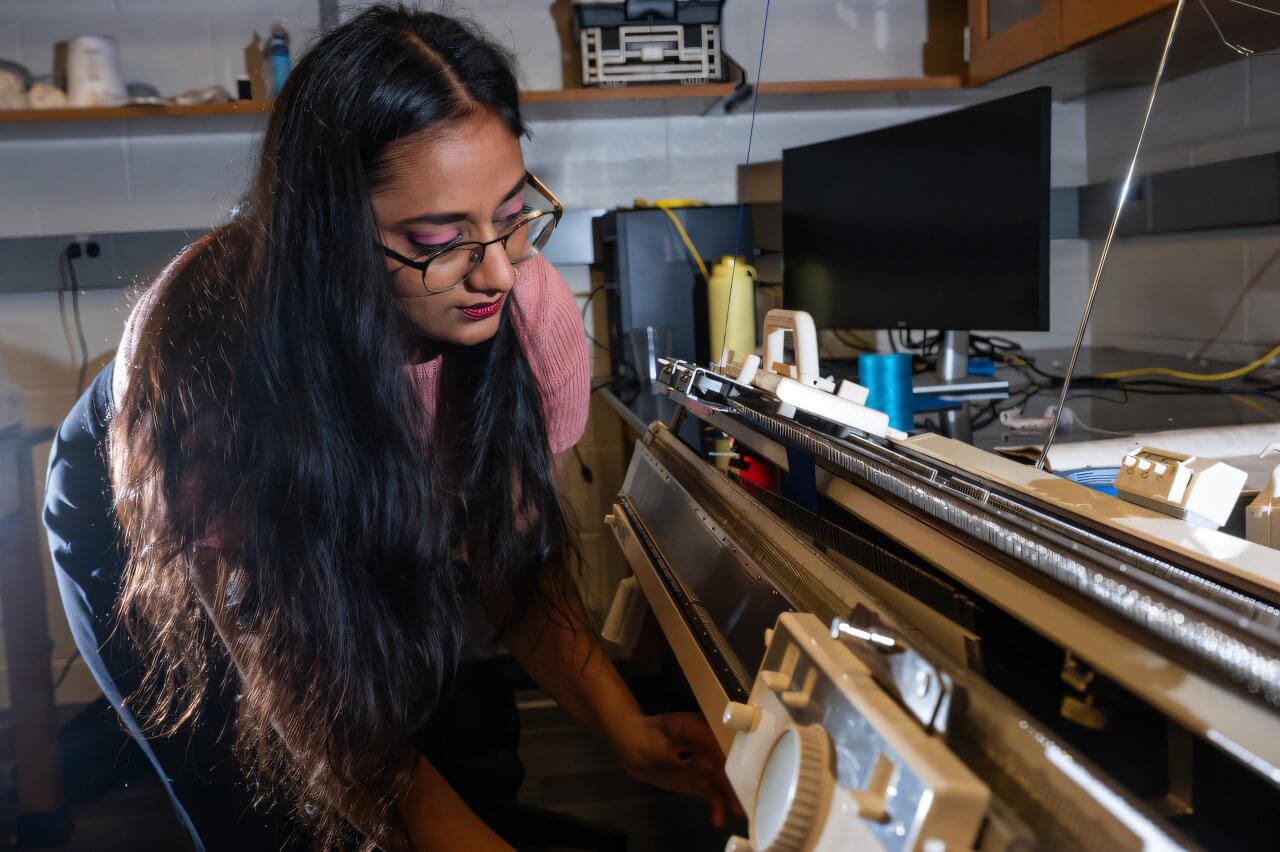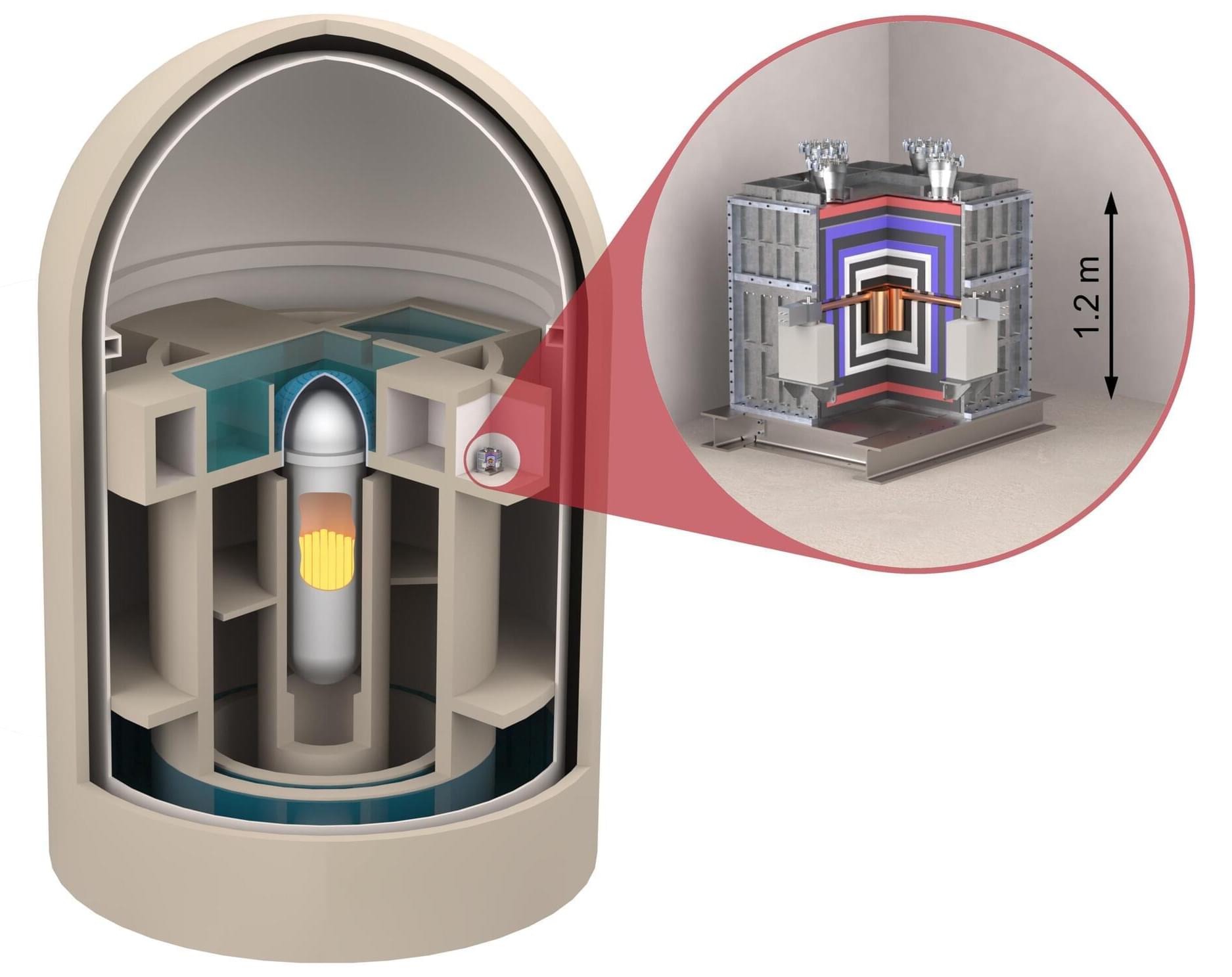New research published in Proceedings of the National Academy of Sciences (PNAS) finds that prolonged and/or repeated exposure to gamma-aminobutyric acid (GABA) anesthetic agents (sevoflurane, propofol) for infants in the first two months of life resulted in an accelerated maturation of brain electrical activity patterns evoked by visual stimuli when recorded at 2–5 months of age, compared to infants who did not have early general anesthesia exposure.
These findings may suggest the use of non-GABA-active anesthetics for the newborn age-range. To address such concerns, a large multicenter clinical trial (called TREX) is currently in progress using a combination of anesthetic agents in order to minimize exposure to GABA-active anesthetics.
The paper is the fourth in a series emerging from a prospective longitudinal study known as the General Anesthesia and Brain Activity (GABA) Study, led by researchers at Boston Children’s Hospital and Northeastern University.

